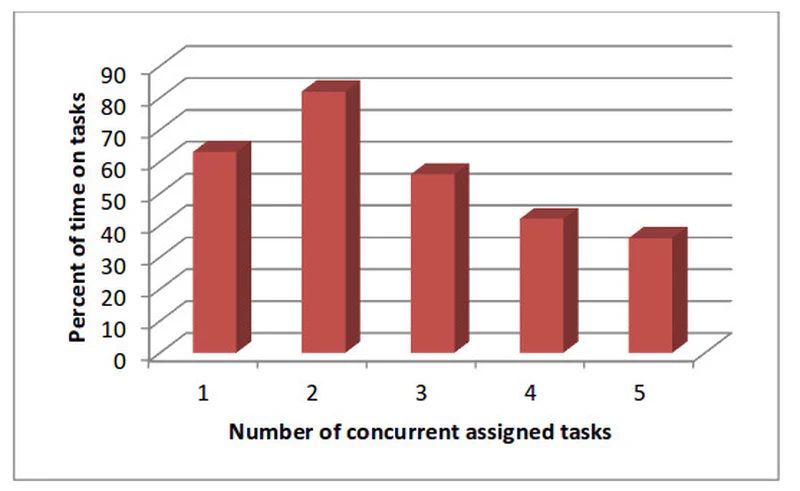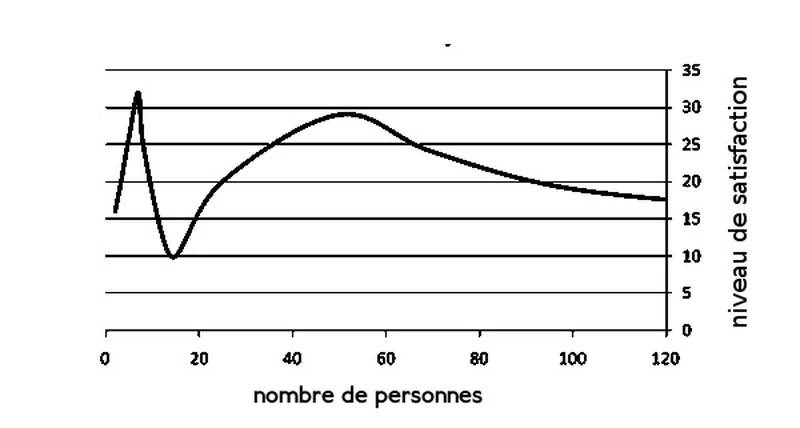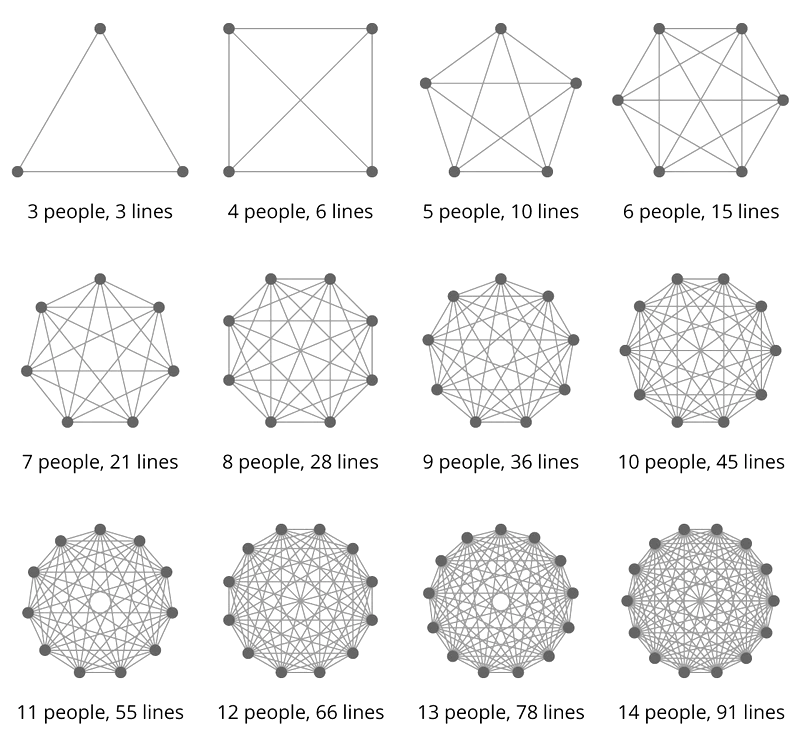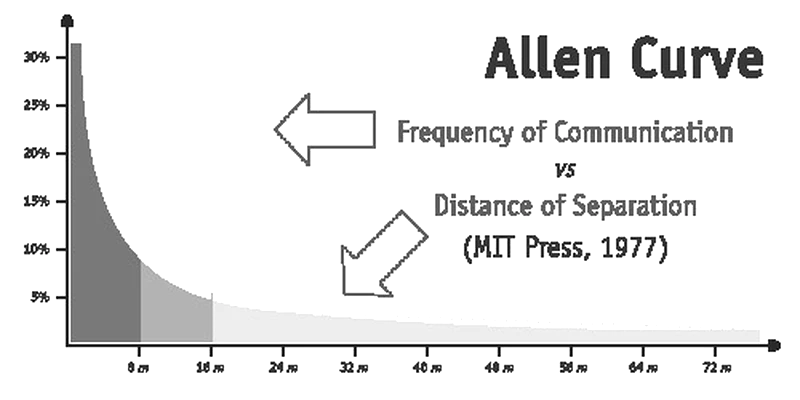When Dan Mezick told me about these ideas on engagement inspired by the world of video game players, during 2013, he often continued by also citing teachings from Tony Hsieh the leader of Zappos (when Zappos was a symbol of success). These four other elements that I’m going to give you complemented and reinforced the previous points (being engaged - part 1). It’s with the years that I really understood that this second list balanced the first one as much: safeguard, resonance.
Here are the four points in resonance with those mentioned previously. To be involved, engaged, you need:
A sense of control
This is the safeguard of clear rules mentioned in the first series on engagement (being engaged - part 1). In that one I talked about a framework, linked to a clear objective, and clear rules that helped take ownership of the space, get involved, commit. They involve on the condition that they don’t hinder autonomy too much. They are there to give autonomy, not to constrain it. This is about a sense of control over one’s work tool, not control over others. Imagine an individual in a group starting their activity and having to ask one group for access to resources, machines, another group for security rights, production deployment, access to certain data… who cannot truly manipulate their work tool because their jurisdiction is fragmented. No sense of control over one’s work tool, loss of involvement. This is why often in an agile world we seek “feature teams”, cross-functional teams, they possess a capacity for autonomy, they control their perimeter. People must be able to take ownership of their perimeter. Clear rules but ones that preserve autonomy.
A sense of progress
Here it’s simply the echo of the feedback idea I mentioned previously. To foster engagement, we should regularly know what we produce, generate, obtain. We should (very) regularly measure. For this we should (very) regularly finish things. And thus through this need for a sense of progress I would like to raise awareness among people not to work on too many elements at once. Multitasking is very harmful to our productivity. Look at this diagram:

with one task I’m normal, with two I’m better because I can switch from one to the other during incompressible delays. With three my productivity is already generally below what I have when handling one task at a time. If I go to four or five it becomes a disaster.
I come to tell organizations: “stop working on ten projects at once, focus on the three most important ones”. Sometimes people respond, mockingly, “but Pablo it was 8, 9, 10 that allowed us to pay you”. So I continue (heh heh): “stop the seventh one, you’ll finish it faster”. It’s a coherent global approach: if you know how to break down your projects/products into small pieces, you’ll know how to deliver a substantial marrow in a shorter time span, and move on to the next one. You start the next one later, but with a much stronger focus, and also this ability to condense value in a more reduced scope. And so on.
To be engaged, you must maintain a sense of progress, nourished by feedback, you must know how to be focused on a reduced number of activities.
Belonging to a community
With the invitation we enter a group, a family, a team. It’s a welcome. Belonging to a community seems obvious to feel engaged, involved. It is, obvious. I take this opportunity to come back to what makes a group, a team, on some important numbers. These numbers I mentioned in the agile horde, in 2013.
Dunbar’s number
Dunbar is a sociologist/anthropologist, he observes that villages of prehistory split around 150/220 people, suggesting that our physiology prevents us from having more than 150/220 real social connections. So if I want to encourage a sense of belonging to a community I will limit my “divisions, departments, agencies” to 150/220 people.
Pleasure of belonging to a group

With Christopher Allen’s research, we discuss the pleasure of belonging to a group, what number triggers this satisfaction? The adjacent table indicates that the best feeling of satisfaction, which will support a sense of belonging, is felt around 7 and 50. So if I’m a leader I will break down my organization into divisions of 150/220, then into departments of 50, then into teams of 7.
Often this is the moment when someone says that we can’t do “big projects”, “large products” with a team of 7 due to lack of capacity. Maybe but with 7 teams of 7 we can. Naturally “big projects” lead to a need for synchronization (that’s the whole challenge of agile at scale, culture and synchronization), but it’s much easier to synchronize 7 teams of 7 than to work “in a rake pattern” with 50 people.
Interactive communications

Finally the number 7 is corroborated by Fred Brooks’ observation (in the old and famous “mythical man-month”), which visually demonstrates that the number of interactions becomes unsustainable as soon as we cross the bar of 7/9 people. That is to say that true communication and team dynamics are built… from 4 (starting from four, sensation of team, with that it’s still individualities, it’s not negative however), up to 8. Beyond 8 we observe that interactive communications split into two groups.
Thus in search of a sense of belonging I will break down my organization into groups of 150/220, then 50, finally teams of 4 to 8. Thus my involvement and my engagement will be better.
Allen curve

Since we’re talking about quality of communication, I often specify that co-location is key. This observation is supported by “official” studies (from IBM!) which describe that beyond 15m communication collapses. Alistair Cockburn uses the following metaphor: beyond the distance of a bus, communication collapses.
In recent years I could question this matter of distance and co-location because technological innovations can make it invisible. Under the provision of several conditions, but that’s probably the subject of another article.
Working for something that transcends us, greater than ourselves
We had talked about a clear objective to engage video game players. In “real life” – as we often hear – it must be inhabited by meaning. It’s the fable of the stone cutter, I’m engaged if I’m not simply cutting a stone, or even if I’m not just doing that to feed my family, I’m engaged, involved, if I see the cathedral we’re building through my cutting.
Conclusion of this series
I’m revisiting as I said in this series past writings, which still seem relevant to me with current and recent conversations. I will continue this refurbishment work.
To conclude on engagement: a clear objective that is inhabited by meaning, clear rules but that leave enough space for autonomy and a sense of control, feedback that allows a sense of regular progress, an invitation and the conditions for group dynamics.
In the series: